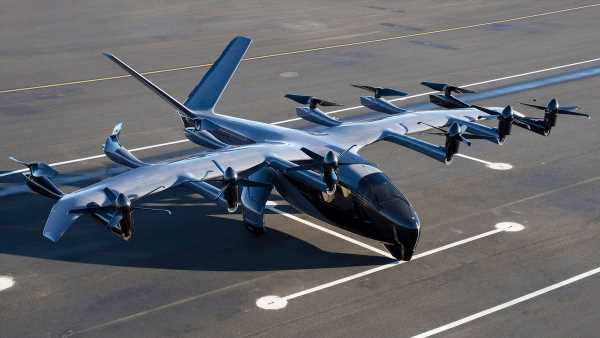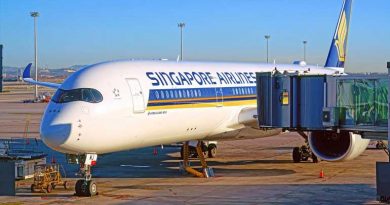FAA lays out a blueprint for accommodating air taxis
The FAA has released an updated blueprint for the airspace changes and infrastructure development required to accommodate air taxis.
Electric air taxis, which will take off and land vertically like helicopters, are under development by dozens of companies around the world. Some, including California-based startups Joby Aviation and Archer Aviation, have set target launch dates as soon as 2025.
Acting FAA administrator Billy Nolen wrote last month that the first electric air taxi certifications are on track to be completed in a few years.
The blueprint, developed by the FAA in conjunction with NASA and industry stakeholders, envisions what the authors are calling a “crawl-walk-run” approach to air taxi startup.
Initially, says the document, air taxi operations will be conducted with new aircraft types that have been certified to fly within the current regulatory and operational environment. They’ll fly at low rates, similar to today’s helicopters, and use existing helipads and helicopter routes, along with early air taxi vertiports. They’ll also communicate with air traffic control towers as needed.
Later, higher frequency operations will be supported through regulatory changes and air taxi corridors that leverage collaborative technologies. In that phase, electric aircraft are expected to fly in corridors between major airports and vertiports in city centers. For example, United has already announced planned air taxi routes to Newark and O’Hare airports from Manhattan and downtown Chicago.
The document ultimately envisions that new operational rules and infrastructure will facilitate the evolution of air taxis from being piloted to being automated, while also setting the stage for increased traffic. Over time, the complexity of flight corridors could increase from one-way paths to routes serving multiple flows of aircraft flying in both directions. The number of routes could also increase.
Improvements in aircraft data sharing will likely be increasingly important in navigation.
This latest iteration of the blueprint is the first update to the document since it was initially developed in 2020.
Further iterations are expected going forward.
“The operational blueprint is a key step — along with certifying the aircraft and pilots — in the FAA’s effort to safely usher in and support this next era of aviation,” the agency said. “The blueprint aims to provide a common frame of reference to the FAA, NASA and industry to help guide their research and decision-making.”
Source: Read Full Article



